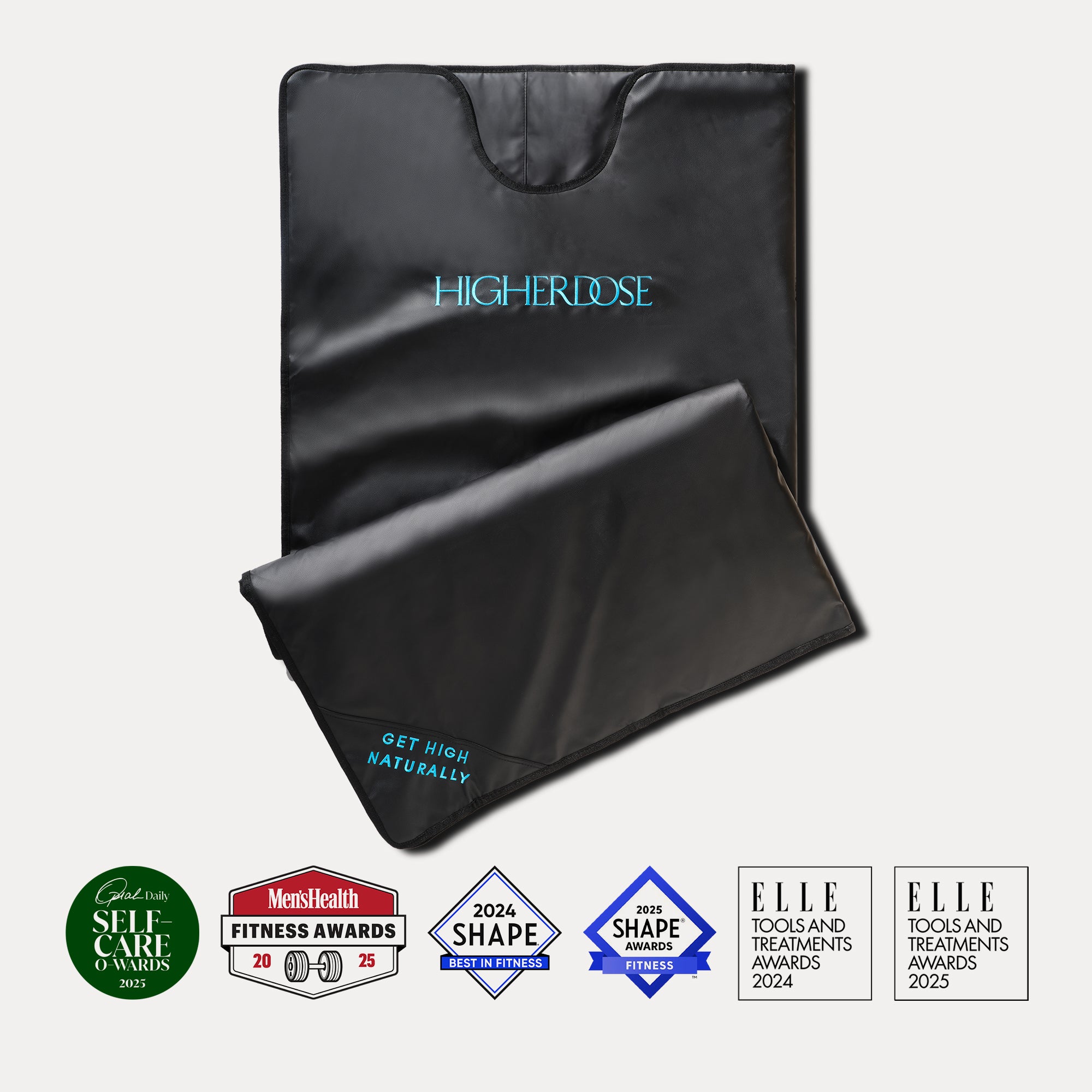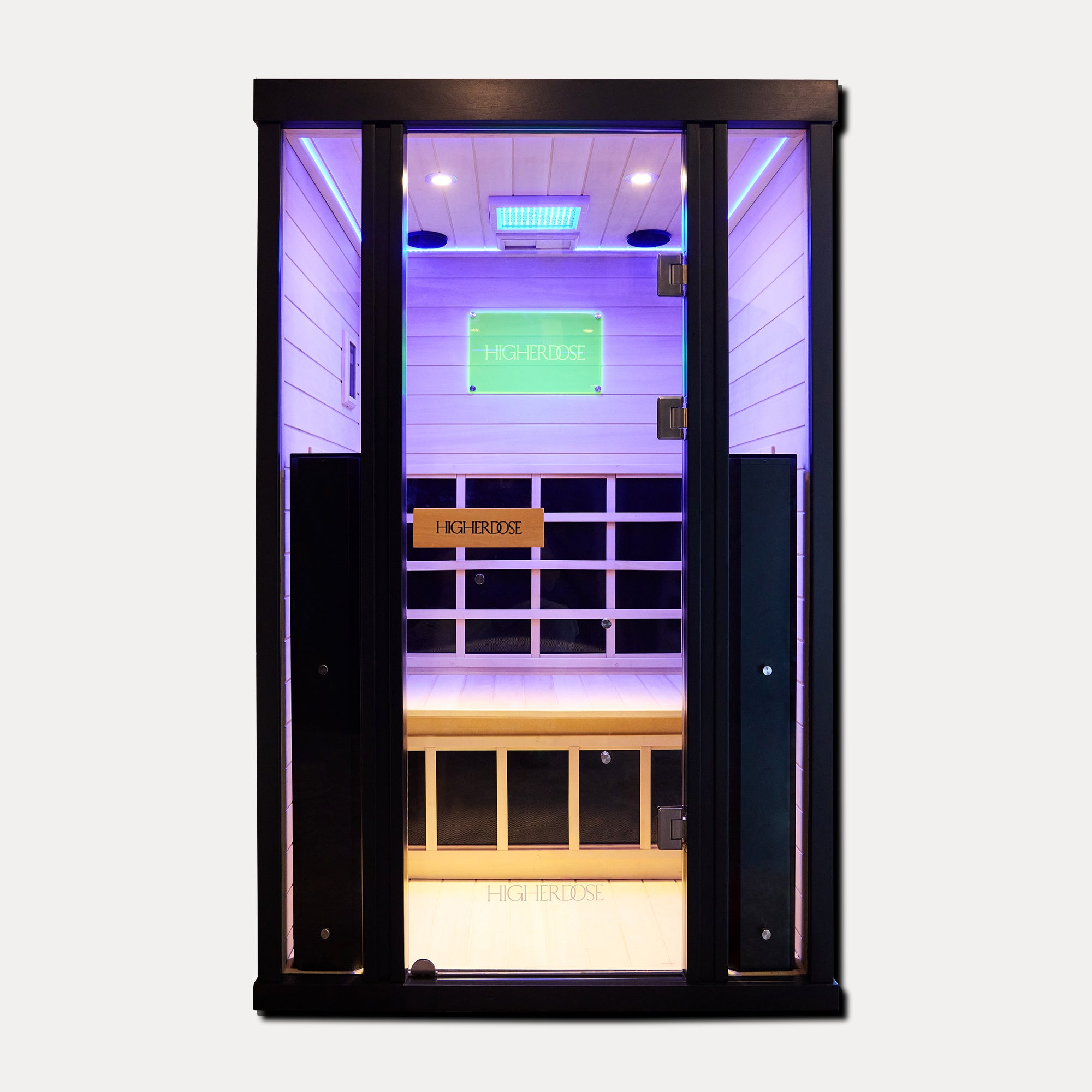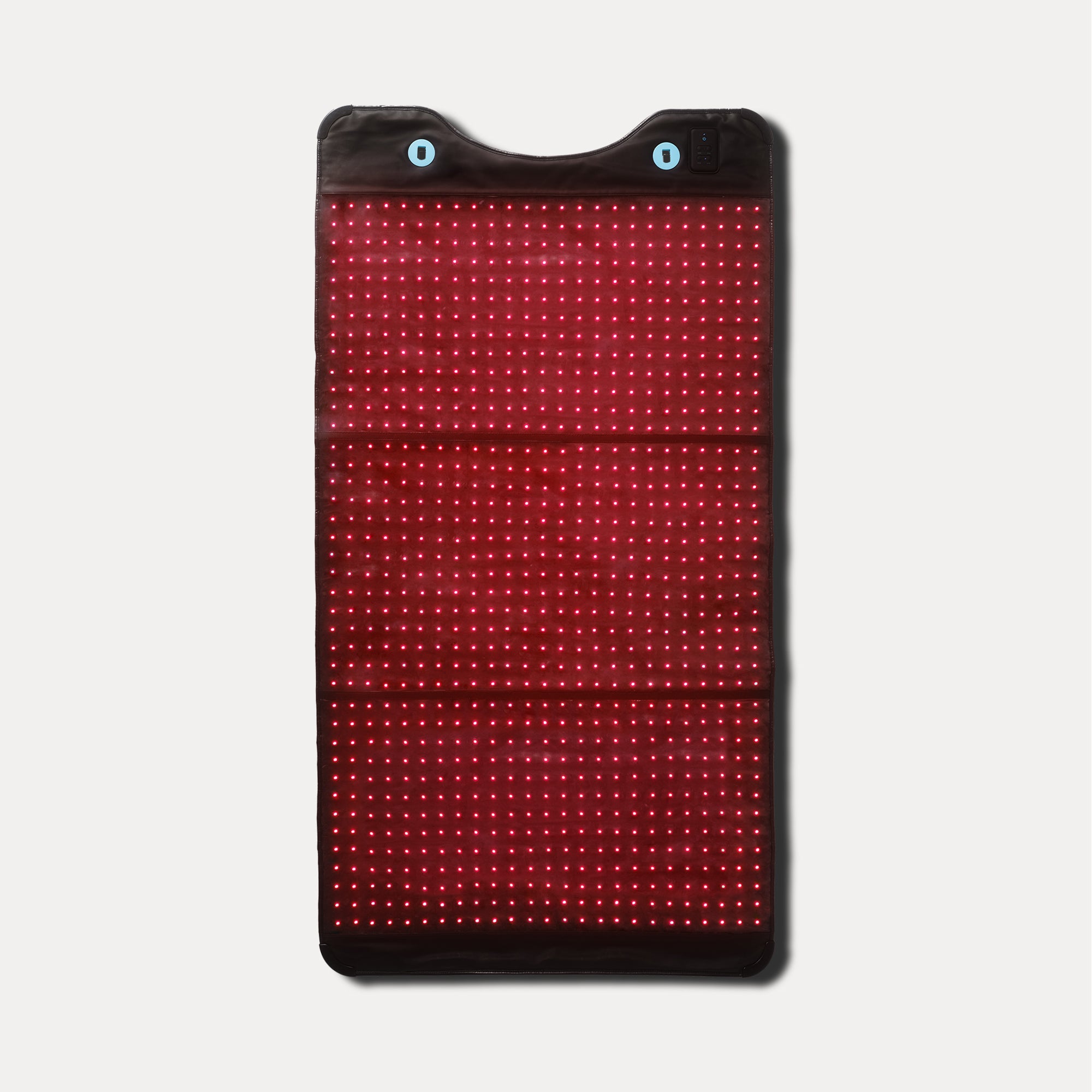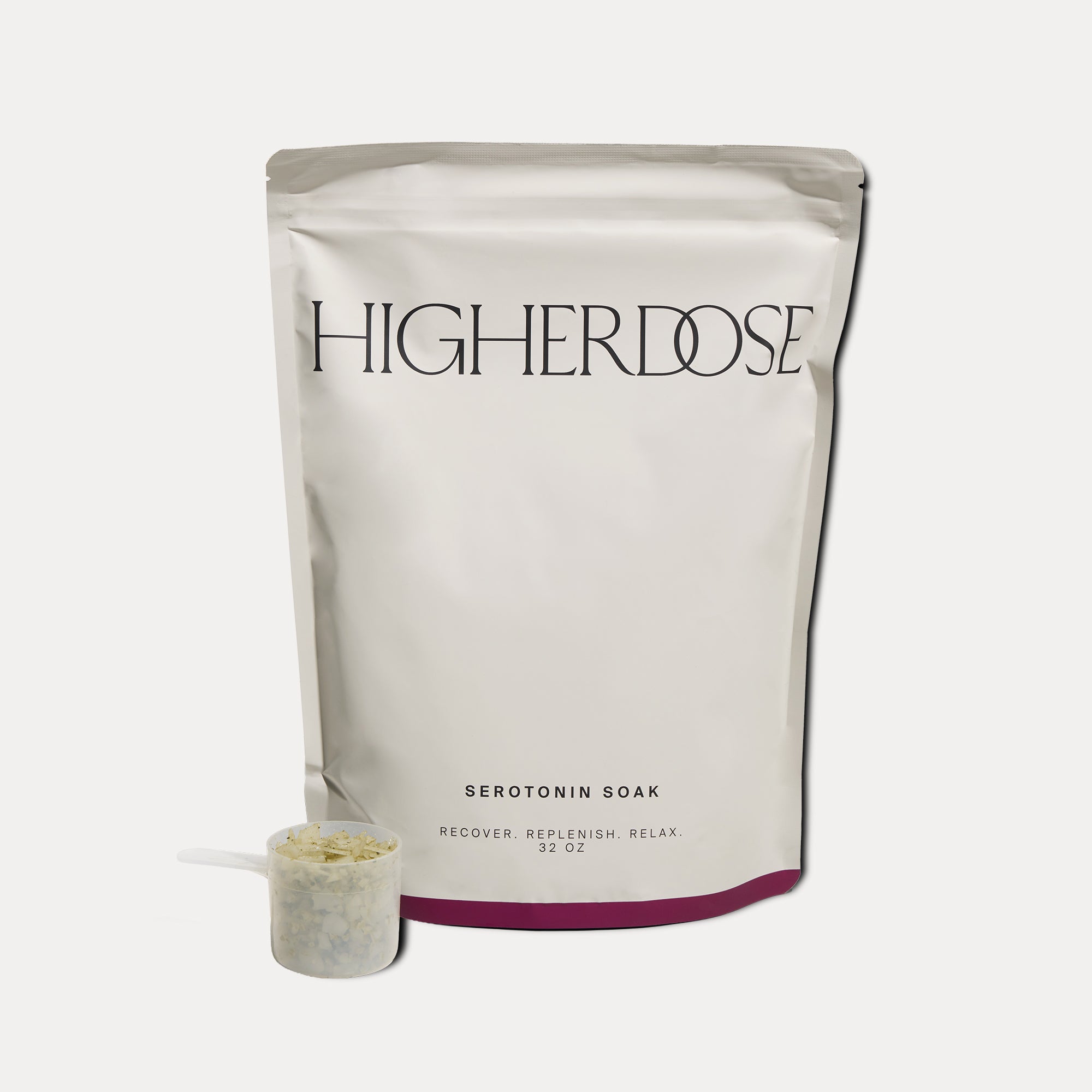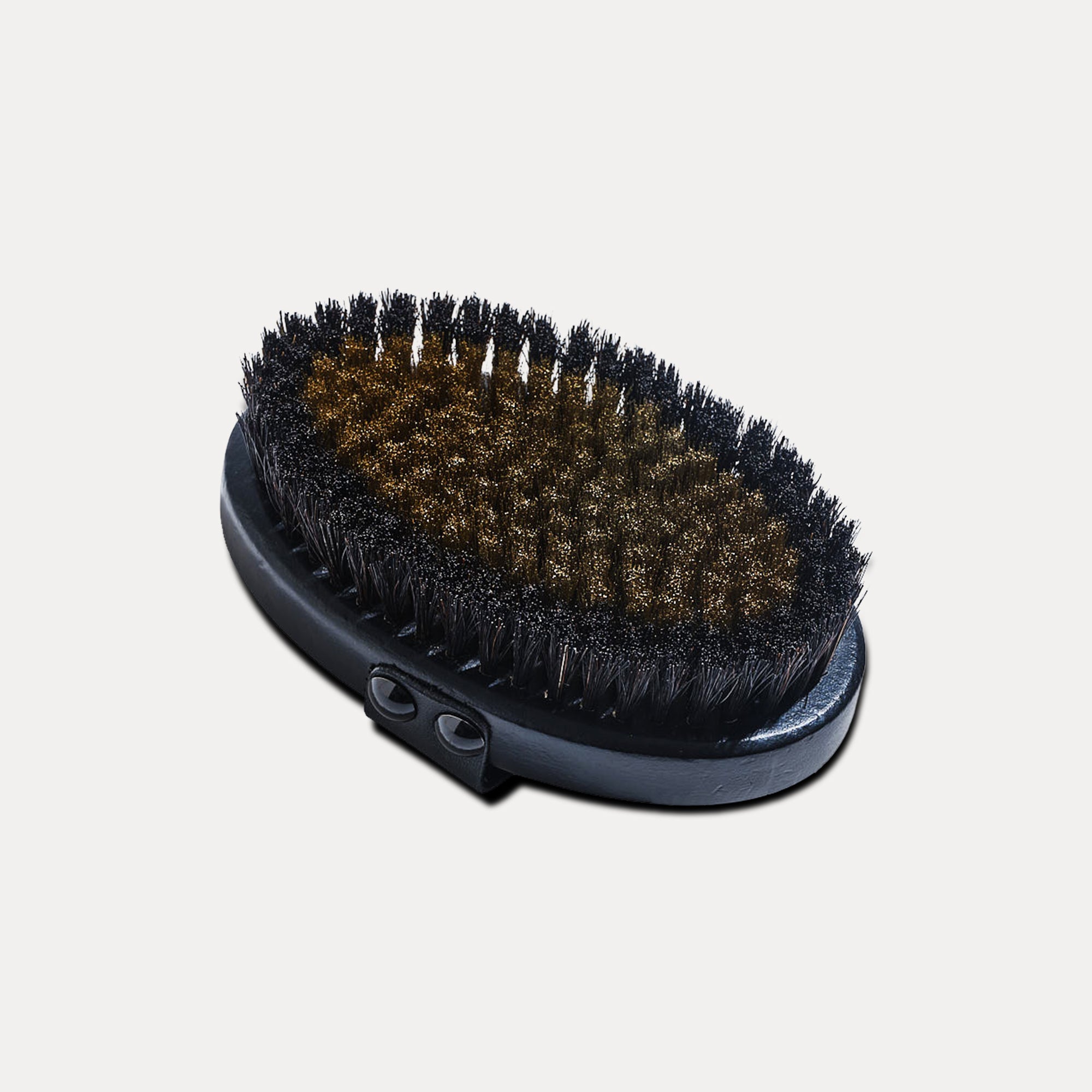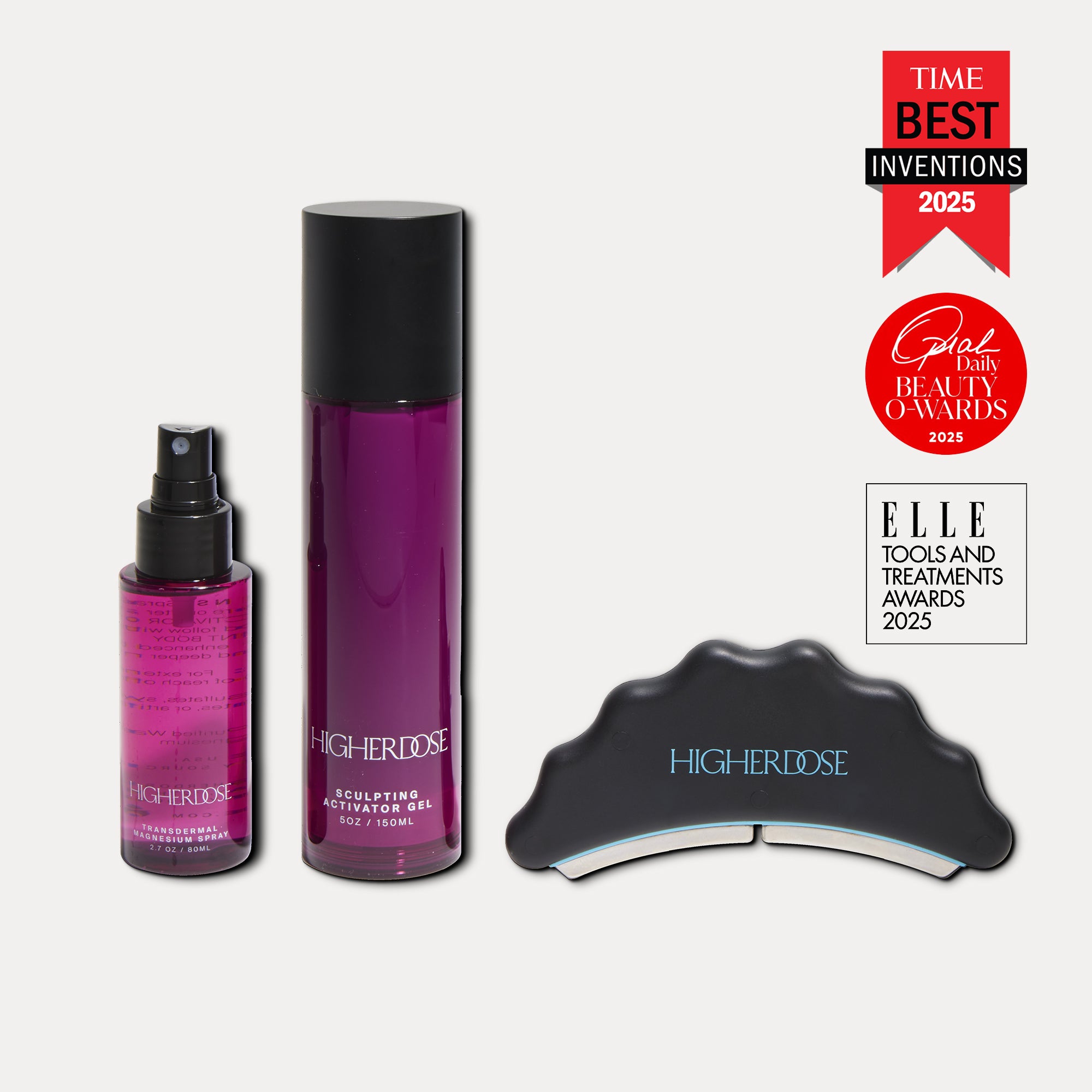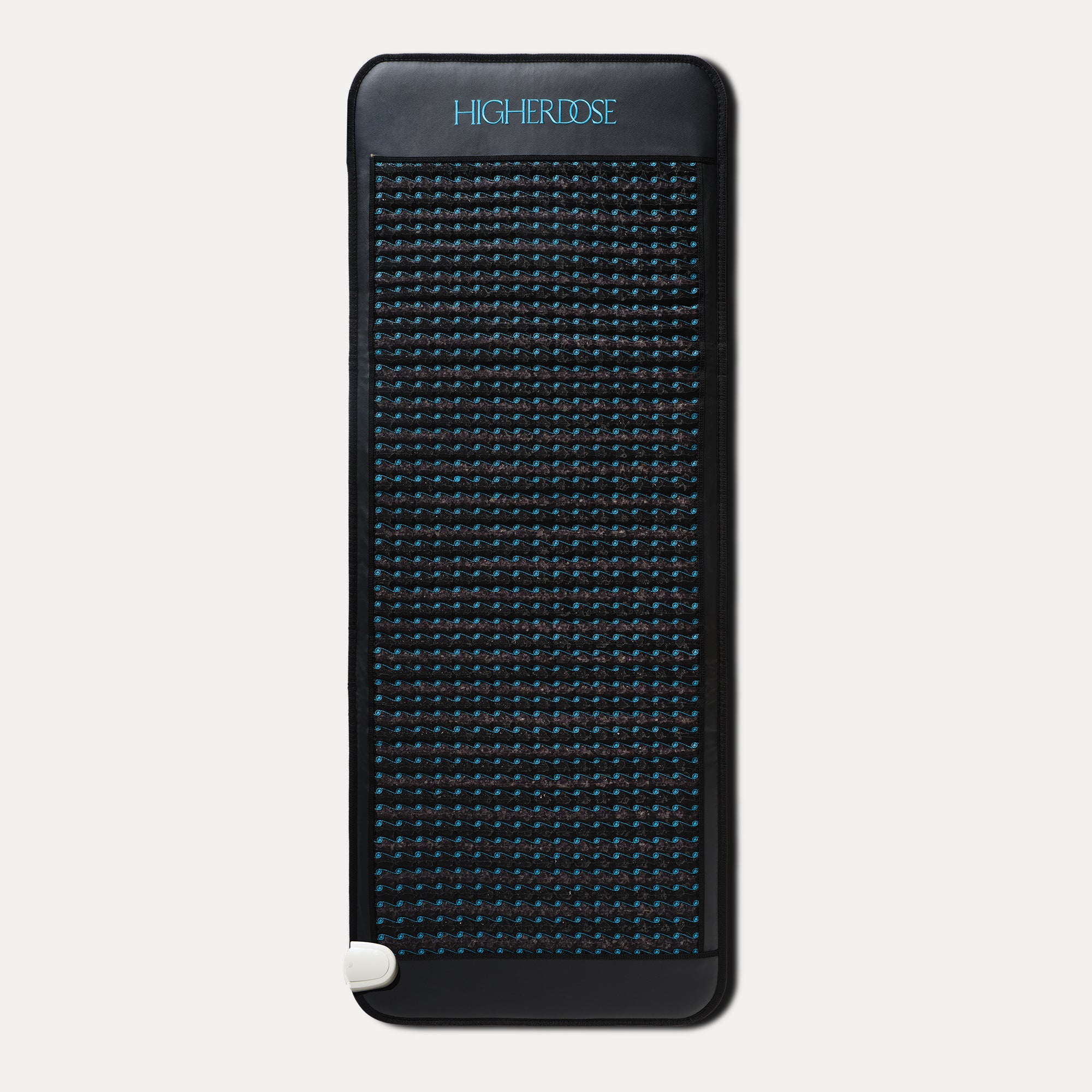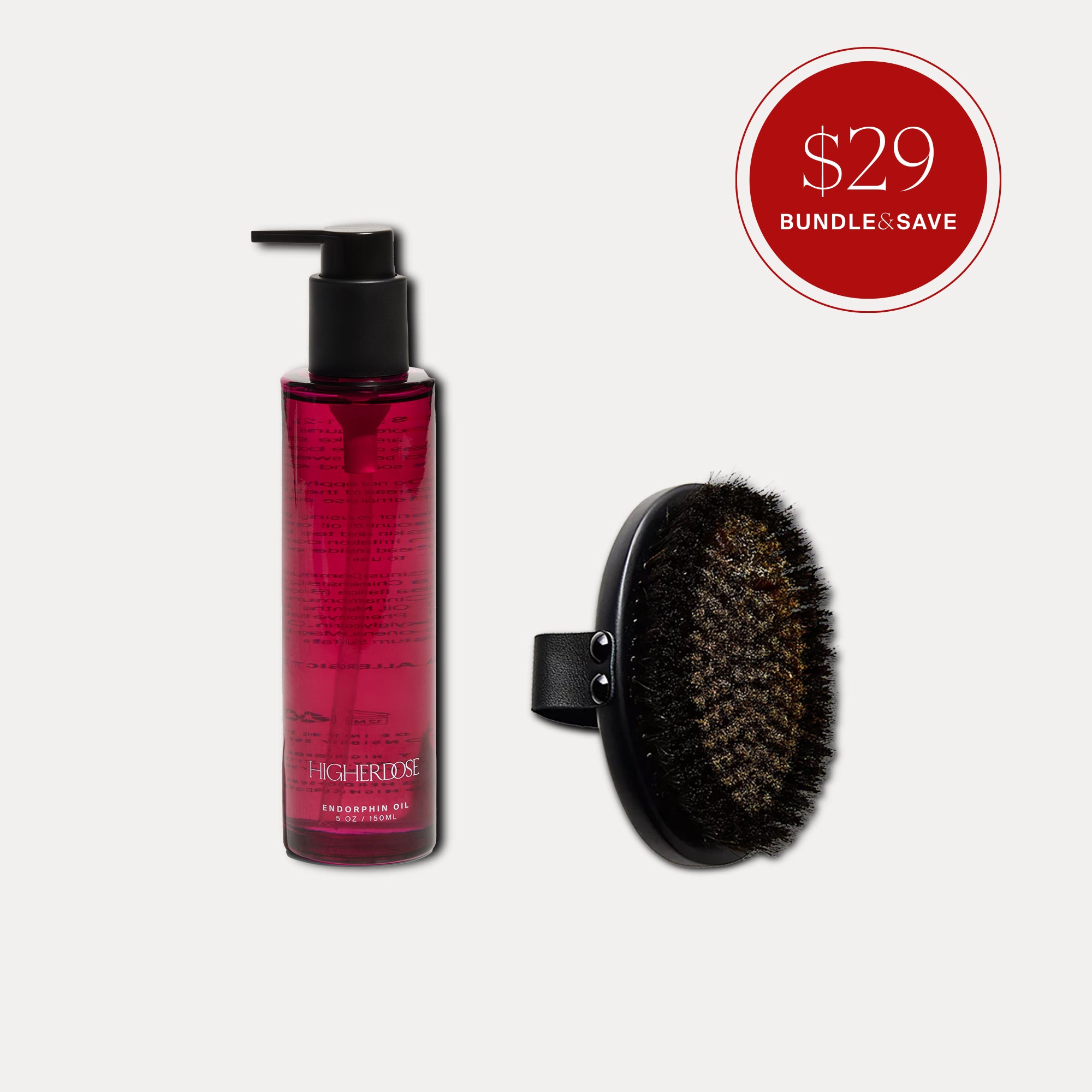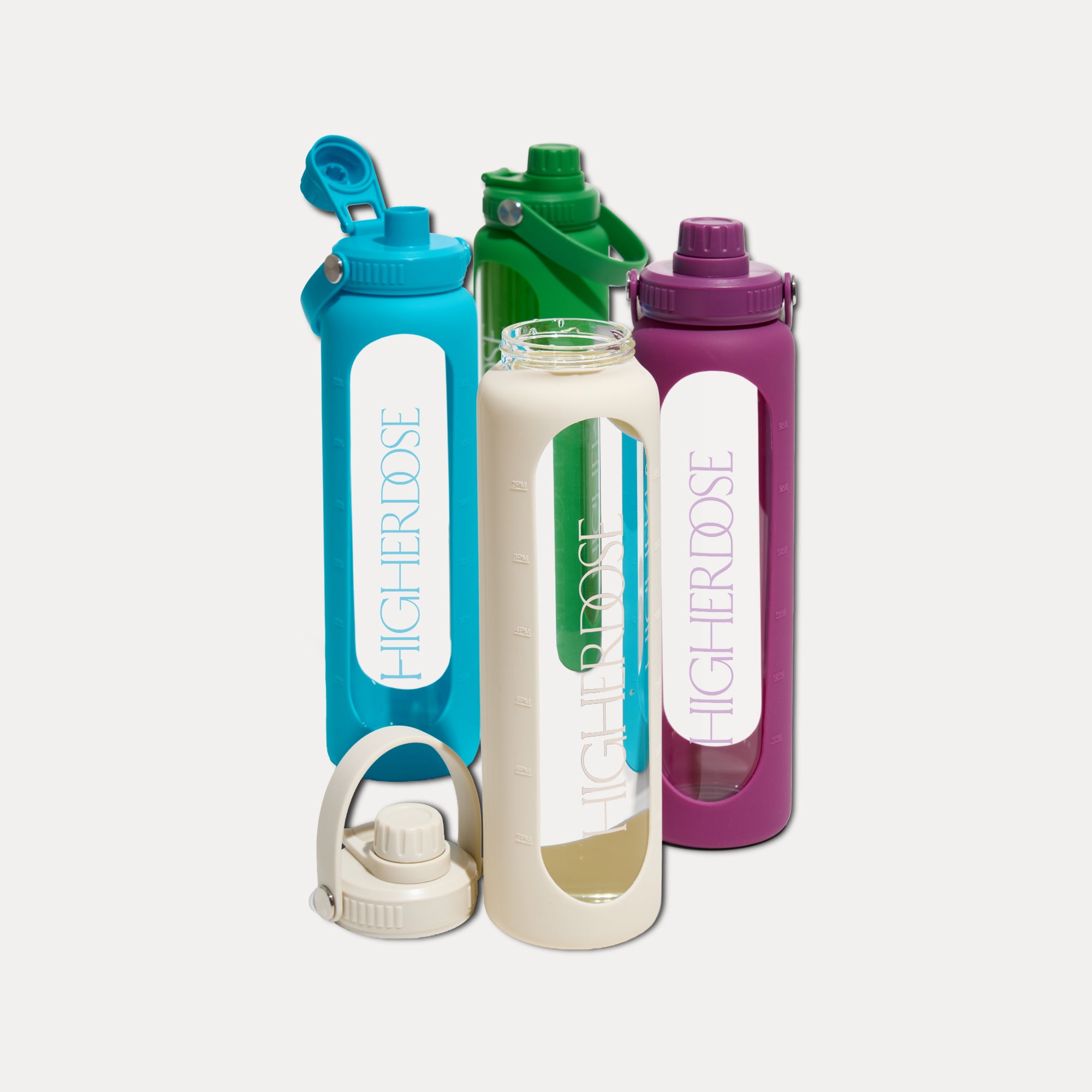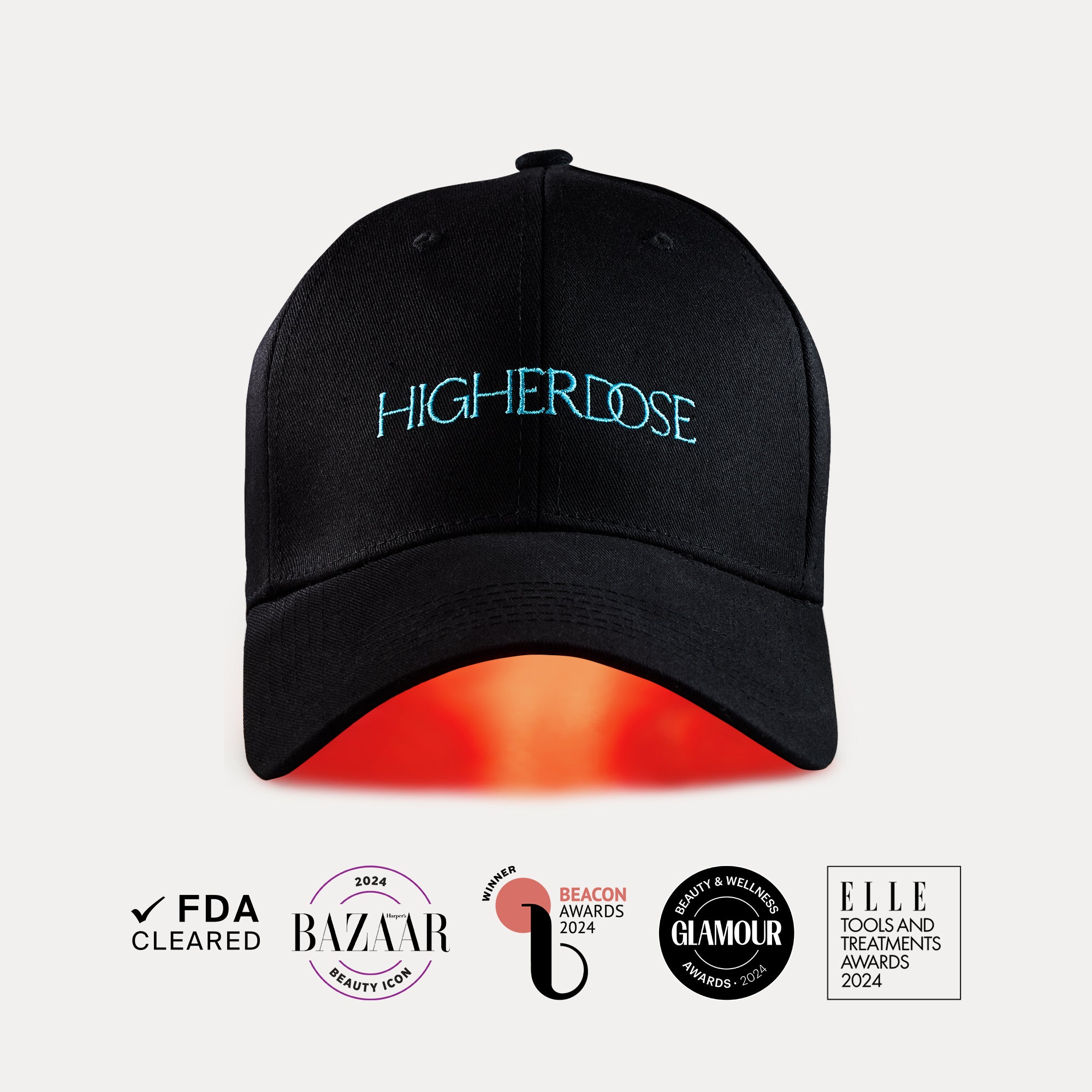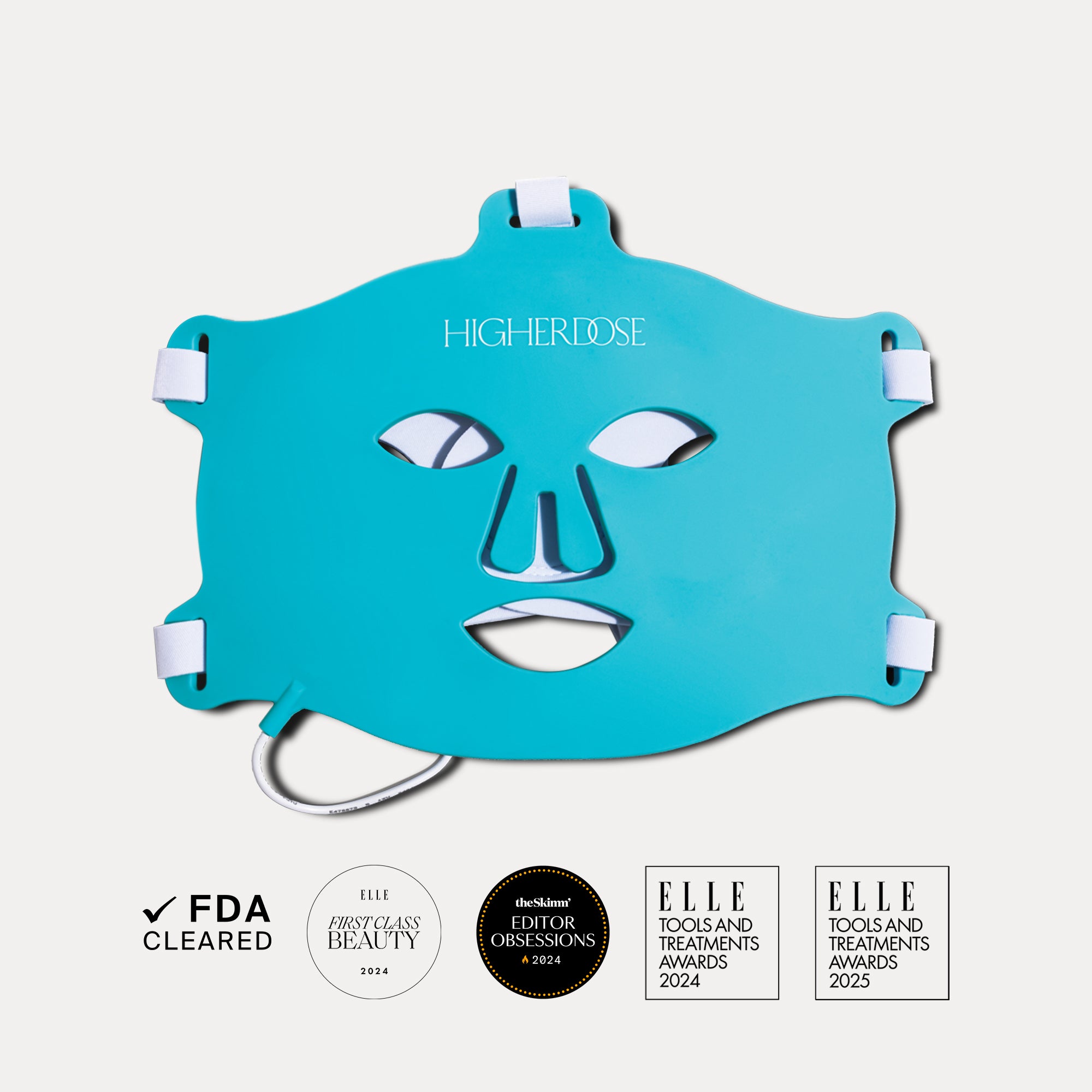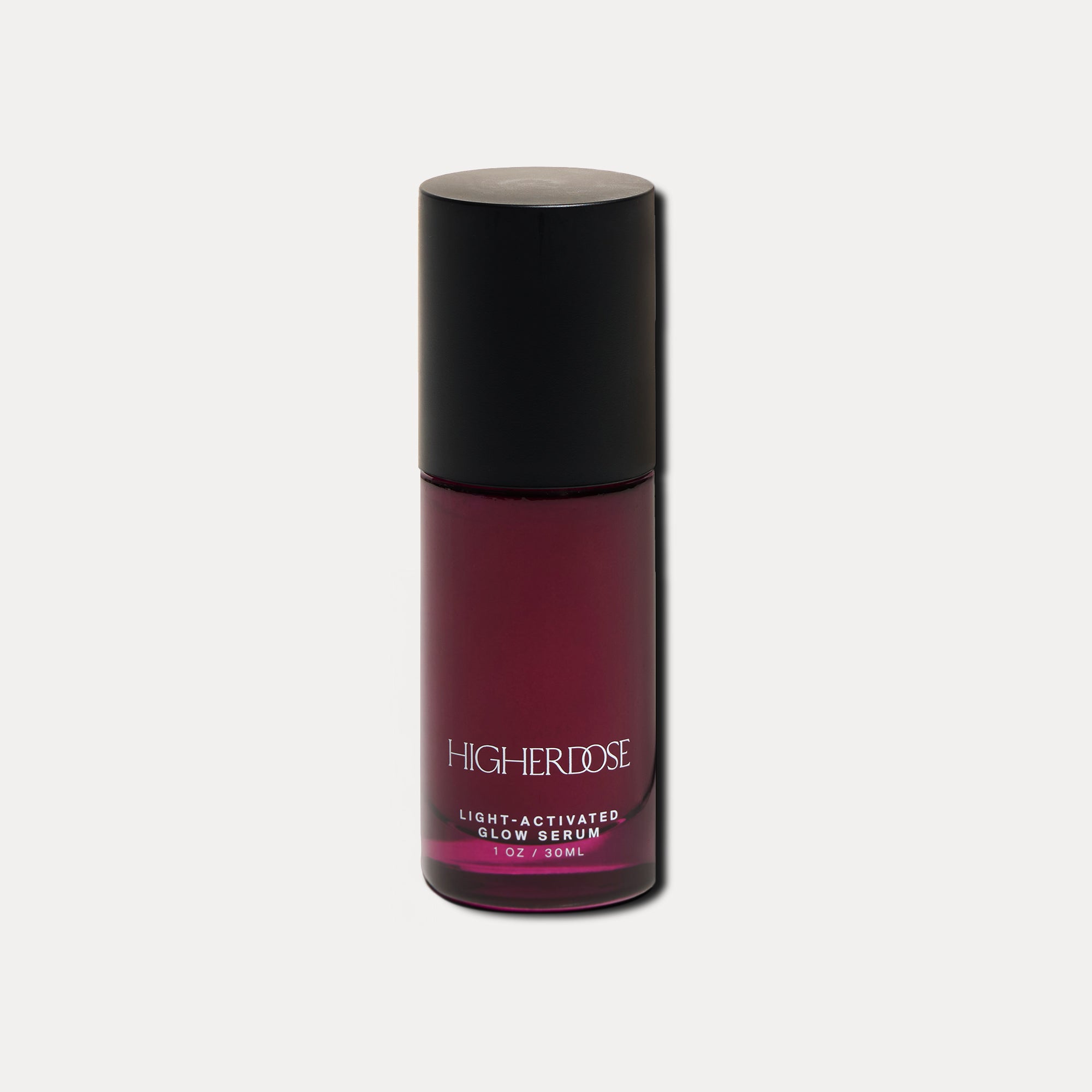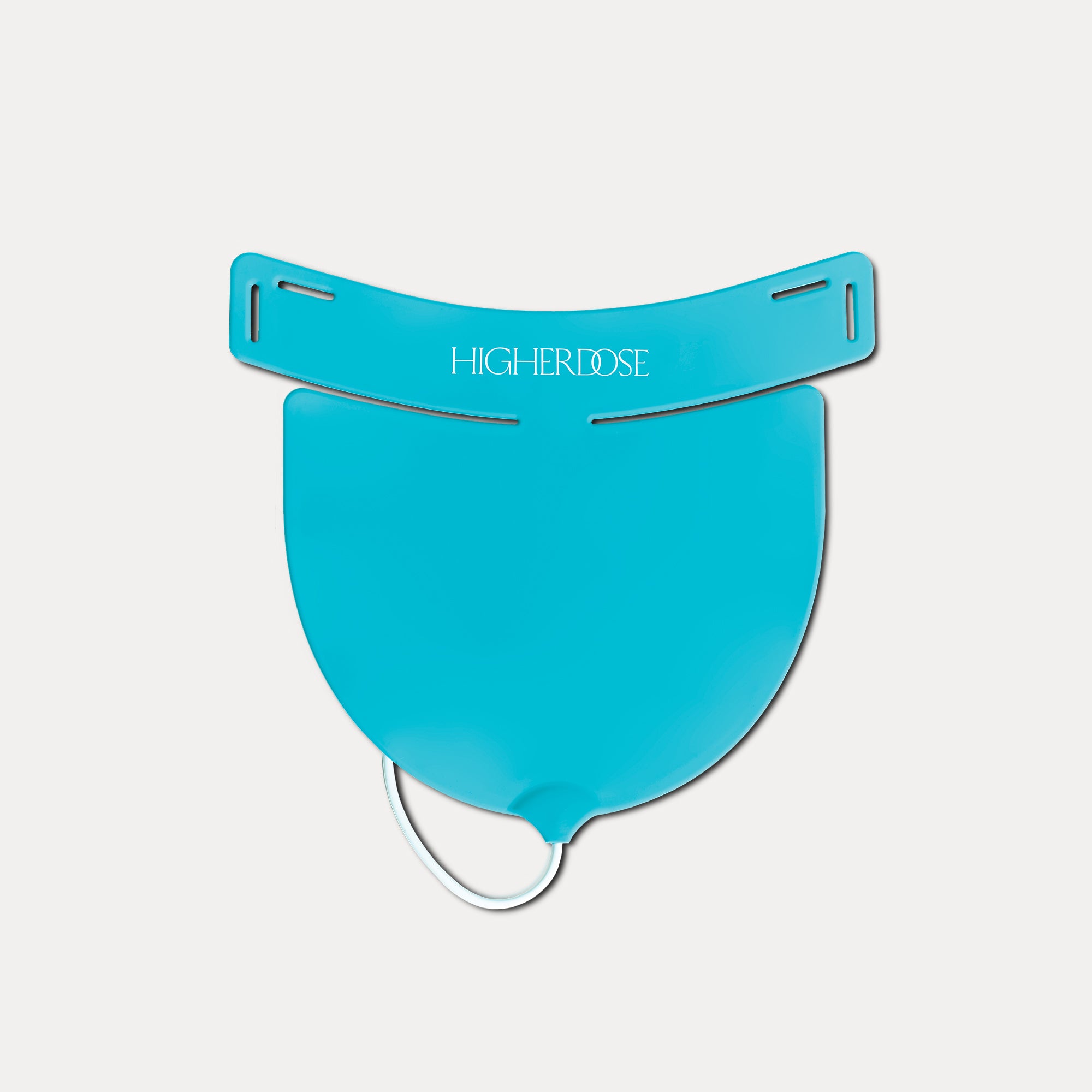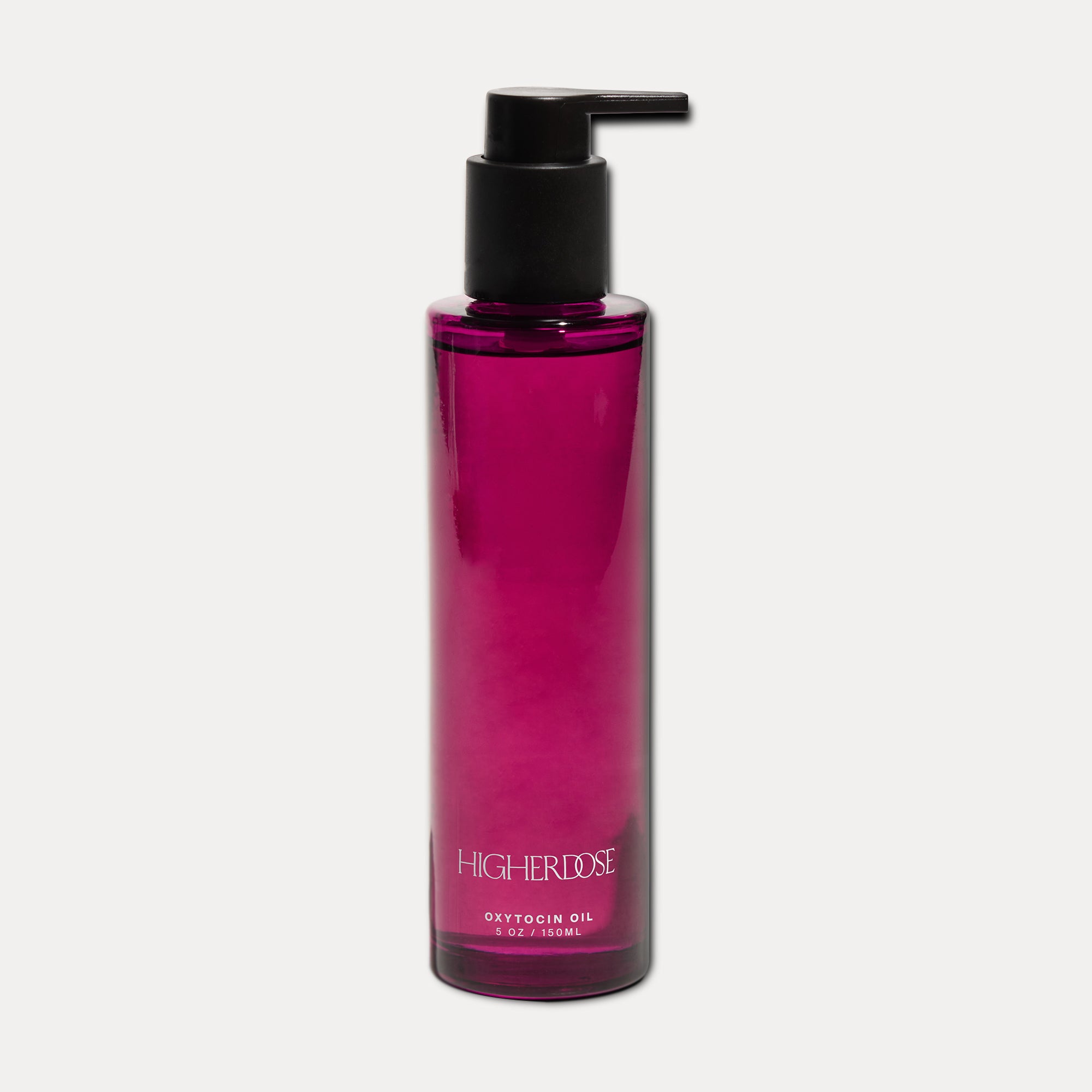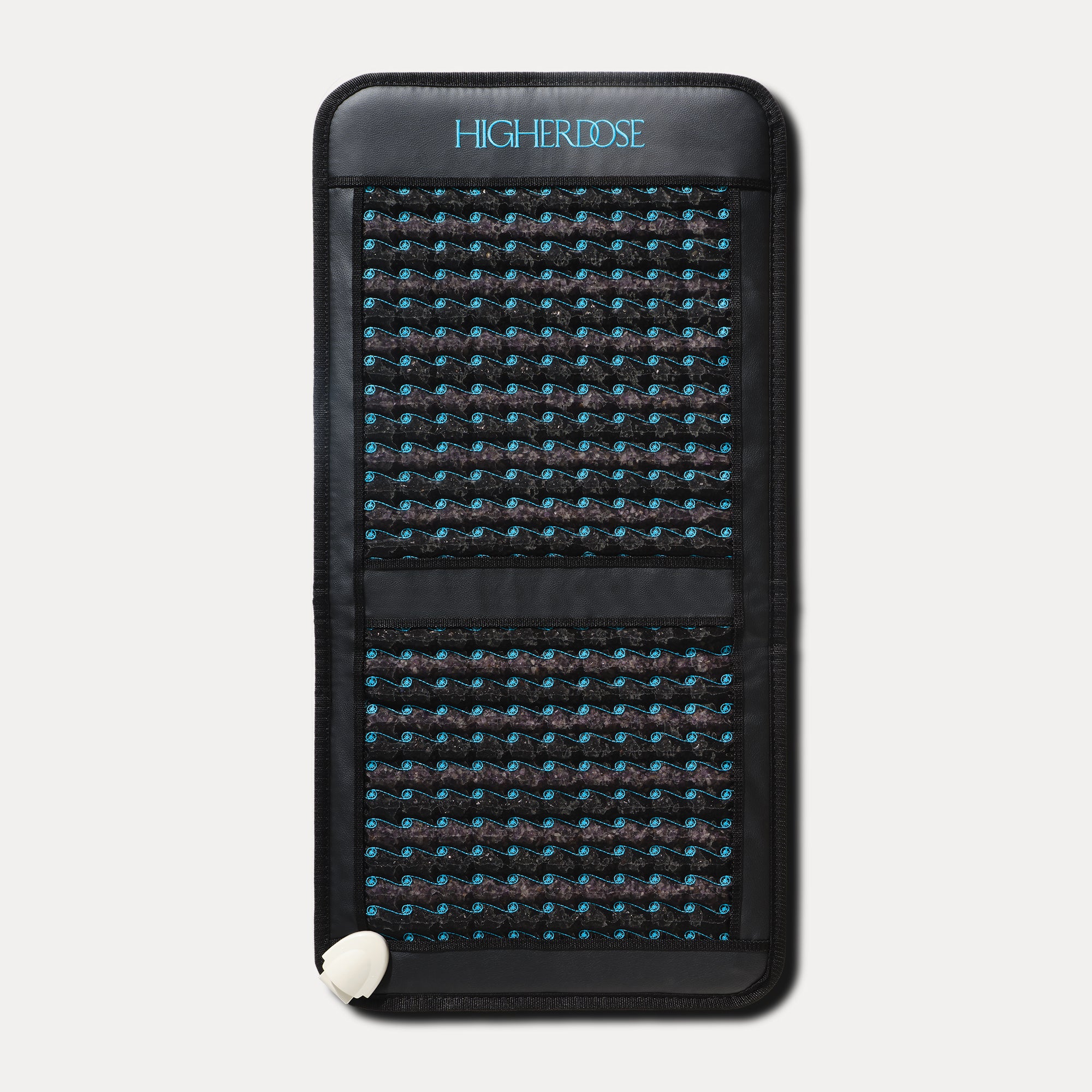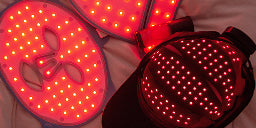
Reverse Aging: How to Restore Collagen in the Face
One can get so caught up with the business of “every day.” The daily grind can keep your mind preoccupied and hands full. Then there’s the constant struggle to achieve that ever-evasive work-life balance. Add these internal stressors to the toxins in the air around you and the food you eat, and before you know it, you’ll be dealing with the effects of collagen loss and a significantly aged appearance.
While “coming of age” is a beautiful thing, this may not be as wonderful when it comes to your skin. But all is not lost. In fact, there are ways by which you can reverse the aging process. Read up to find out how to restore collagen in the face—and make your skin go back in time.
Why We Need to Restore Collagen
Why are beauty circles all abuzz about collagen? Collagen is the amplest protein in our bodies that creates the connective tissues. These tissues make up our bones, skin, muscles, and joints and keep them strong and elastic.
The loss of collagen can lead to reduced bone density, weakened muscles, and stiffness in your joints. And your skin won’t be spared either. When collagen levels decrease, your skin will lose the supporting structure that keeps it smooth, firm, and supple. The result is sagging, wrinkles, and a rough and thin crepe-like skin texture.

Things that Kill Collagen
So, if collagen is desired so much, instead of losing it, why don’t we just “keep” it? Unfortunately, it’s not that simple. As we get older, we lose our capability to produce collagen, which begins to decline around the age of 25.
External factors can also bring about or even expedite the decline of your body’s collagen supply, such as the kind of food you eat, dehydration, and exposure to the sun and other environmental pollutants.
Each of these can heavily damage your skin and your body’s ability to produce collagen. When you combine all these and throw in Father Time, you have one powerful formula for collagen depletion.
Reversing Aging with Collagen
We now get to the million-dollar question: how to restore collagen in the face to reverse aging? Is it even possible? To that, we say yes—with these pretty potent ways to boost collagen production.
1. Can you Eat Your Collagen?
To build up your collagen levels, you need to zero in on the protein-building blocks of collagen itself. These blocks are formed with the help of Vitamin C, zinc, copper, and manganese. Ensuring that you have an adequate intake of foods that contain these nutrients, such as green leafy vegetables, pumpkin seeds, and cashew nuts, will help restore the structure of collagen.
Consuming foods with the same amino acids that make up collagen, such as bone broth, unflavored gelatin, dairy products, legumes, and non-GMO tofu, can also increase collagen levels.
Aside from these edibles, supplements may also boost collagen levels. Hyaluronic acid can promote the manufacture of fibroblasts, cells in connective tissues that support collagen structure. Aloe Vera and ginseng supplements can also stimulate collagen and even hyaluronic acid production.
2. Retinoids and Retinol: Can They Help?
Retinoids and retinol are most popular in treating acne. But did you know that these potent beauty molecules can also be used to enhance collagen production?
Retinoids are essentially your Vitamin A-based prescription topicals that are highly effective in slowing down the aging process. Studies show that retinoids can increase collagen production and protect collagen fibers from damage, reducing the fine lines and wrinkles—some of the most visible signs of skin aging.
Since retinoids are typically so strong, start off by using them every other day, slowly building it up to a nightly application. Don’t forget to wear sunscreen as retinoid-treated skin can become more sensitive to sunlight.
A milder type of retinoid that can be found in many over-the-counter products is retinol, which may be better for highly-sensitive skin. It is less irritating and drying because it’s less potent than tretinoin and other retinoids. However, like its other retinoid relatives, retinol can also stimulate fibroblasts to strengthen collagen fibers.

3. Hydration Defense is Key
Up your collagen-boosting game by drinking water—lots of it. Collagen’s molecules are shaped in a triple loop that is tightened by water bridges. This makes water a vital component of collagen, and without it, it will dry out and collapse.
This is one of the reasons why our skin looks dull and lifeless when we are dehydrated. Fine lines appear on our faces, and our skin loses its elasticity. In contrast, when you drink your fair share of H20, you tend to have skin that is plump and youthful-looking.
4. Defense is Key
A stitch in time saves nine—especially when it comes to skincare. Although aging is inevitable, glowing skin can be a choice when you defend it not just from within but also from without.
While sunlight provides many benefits, it can be devastating to the skin. Overexposure to the sun can lead to the hindering of collagen production by preventing collagen molecules from fusing together.
Environmental pollutants such as toxins from car fumes, factory smoke, even dirt particles can damage skin cells and prevent them from producing the collagen they need to repair and renew themselves.
Defend your skin by wearing good sunscreen (with at least SP30). Protect the delicate collagen around your eye area by wearing sunglasses, and keep away from the sun as much as you can. In addition, wash your skin with a mild cleanser at least twice a day to protect the collagen that your skin already has.

5. The Fabulosity of Facials
Is that all the skinny on how to restore collagen in the face? Not quite!
There’s always more you can do to look better and feel better beyond your usual skincare routines. Why not indulge yourself —and your face—with cutting-edge therapies that can revive your body’s collagen-producing capabilities?
Some of the most popular treatments are regular facial massages, chemical peels, microdermabrasion, and the latest hi-tech innovation—red light therapy.
A facial massage strengthens muscle memory and spurs collagen-generating activity. By improving the blood flow, it can further enhance the body’s own ability to make collagen. When having this treatment, make sure that you take special care of areas that require extra gentleness, such as the fragile skin surrounding your eyes, ears, and neck. Applying too much pressure may do more harm than good.
A chemical peel is also considered generally safe and relatively inexpensive. During the treatment, your skin is exposed to chemicals to peel off the outer layer and make newer skin resurface. The exfoliative effect of chemical peels can also stimulate collagen growth. A word of caution, though: There may be safety issues with chemical peels, so it’s best to have them under the supervision of medical professionals.
Microdermabrasion, on the other hand, involves buffing the skin with a hard substance (usually diamond grains). This creates changes in the skin molecules that boost collagen production and help rejuvenate the skin. Unlike chemical peels, microdermabrasion has minimal downtime. However, it may be somewhat uncomfortable and may also result in some facial redness shortly after the session.
And then there’s red light therapy, a highly potent yet non-invasive and painless facial therapy. During this treatment, low-level red light beams are directed towards the areas to be treated. The long wavelengths of the red light can penetrate deep into the skin to bring healing and rejuvenation at a cellular level, stimulating collagen production and increasing fibroblasts that tighten collagen fibers.
Another great thing about red light therapy is that you can have it anywhere you choose. While it can be an in-clinic procedure, it’s much more convenient and enjoyable to have your therapy at home using portable red light therapy devices, such as the HigherDOSE Red Light Face Mask..
A cult favorite among the in-the-know beauty crowd, the HigherDOSE Red Light Face Mask combines the power of red and near-infrared LED technologies that powerfully promote collagen growth while being gentle on your skin. After just one session, you won’t just see visibly glowing skin but also feel refreshed and invigorated. Check out the HigherDOSE Red Light Face Mask at the HigherDOSE shop and find out what it can do for you, today!
